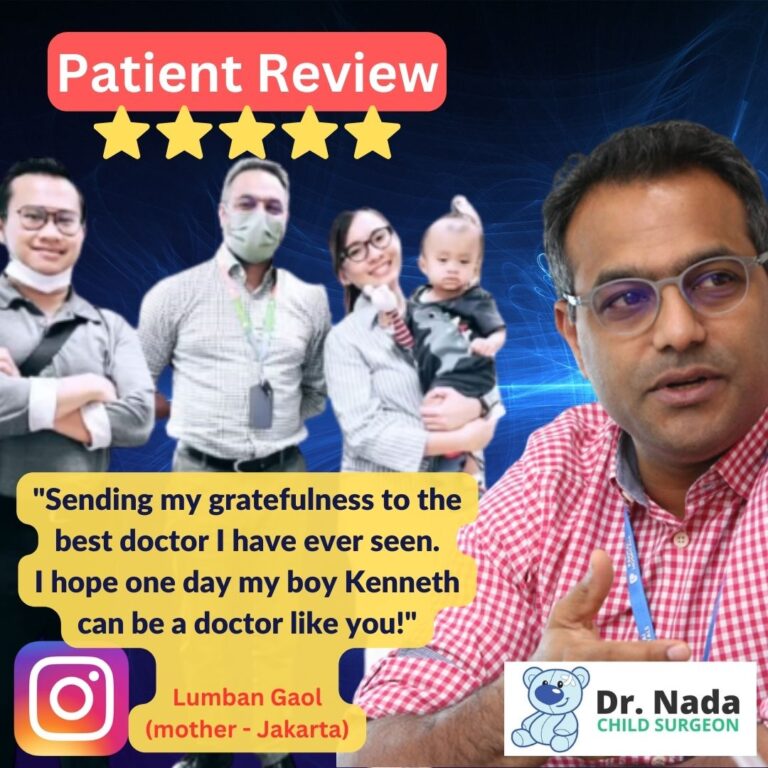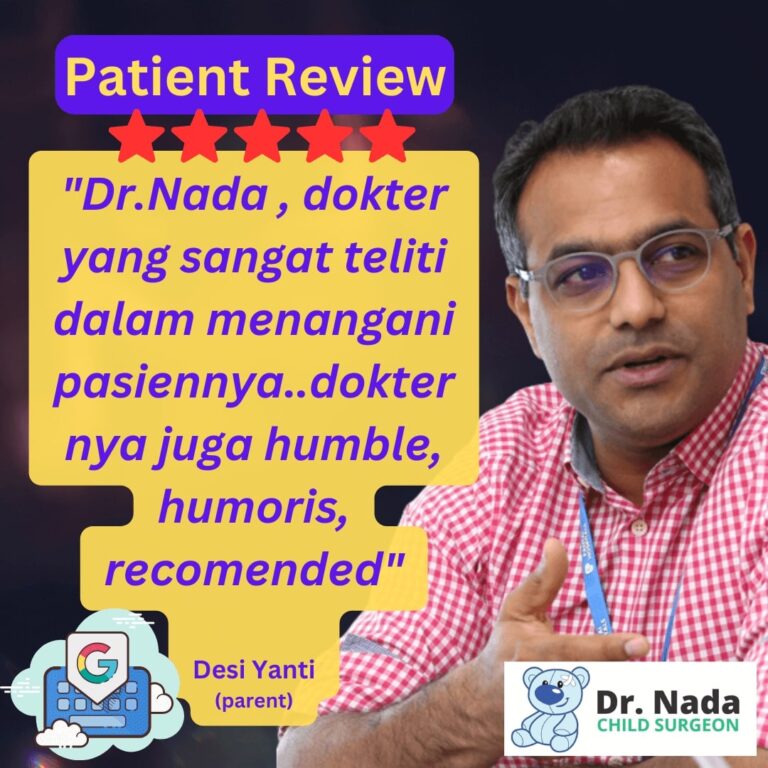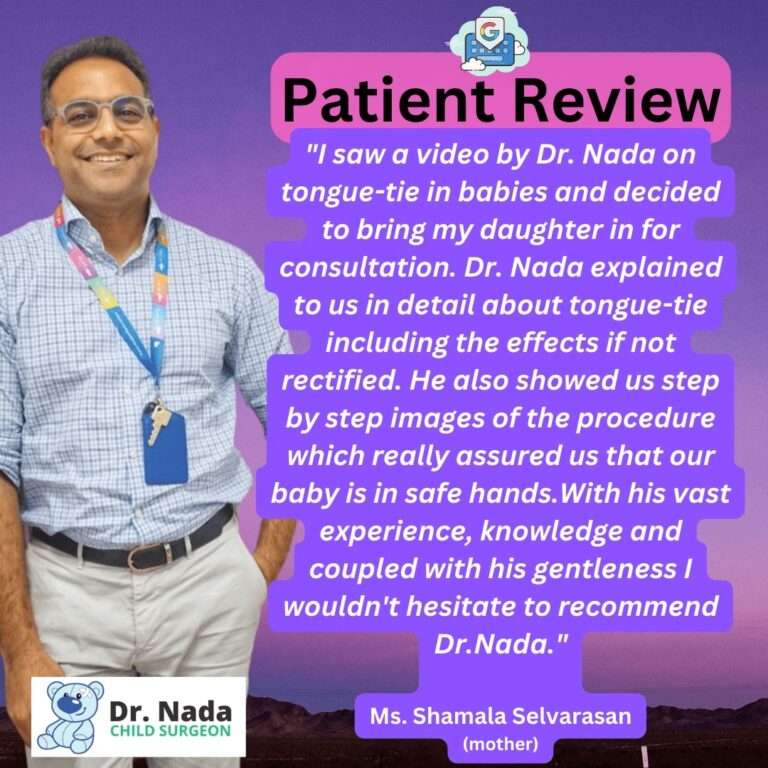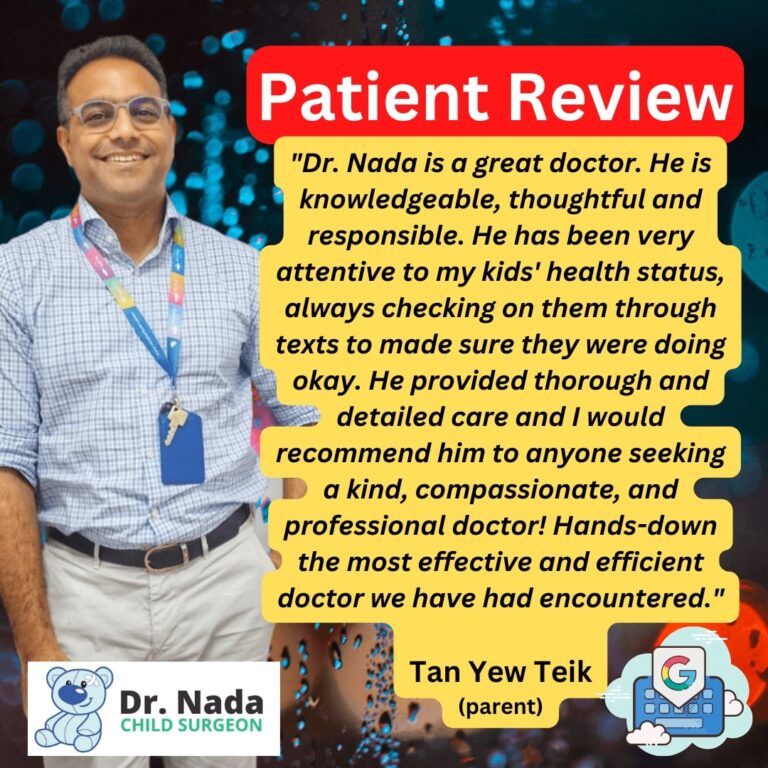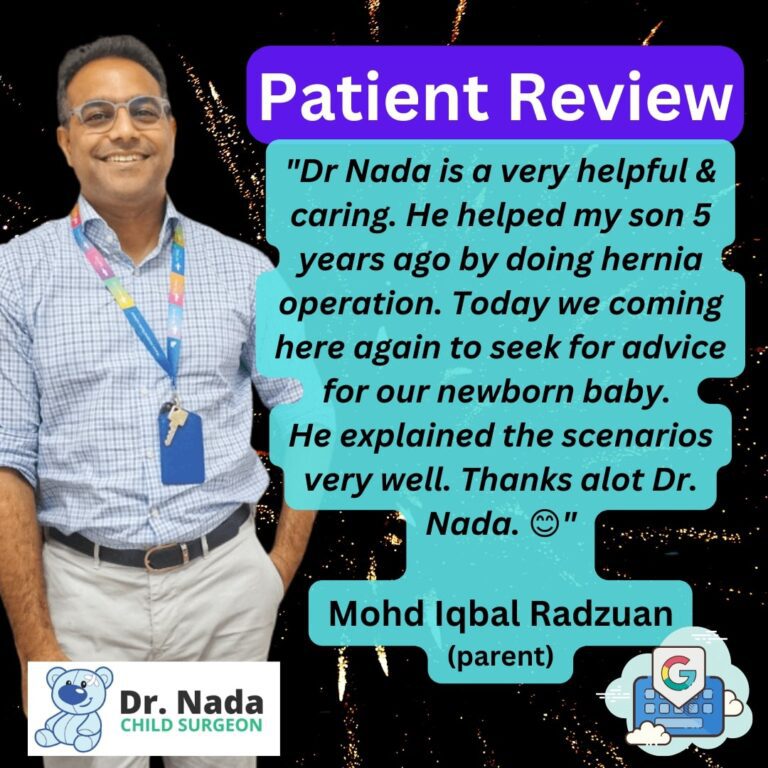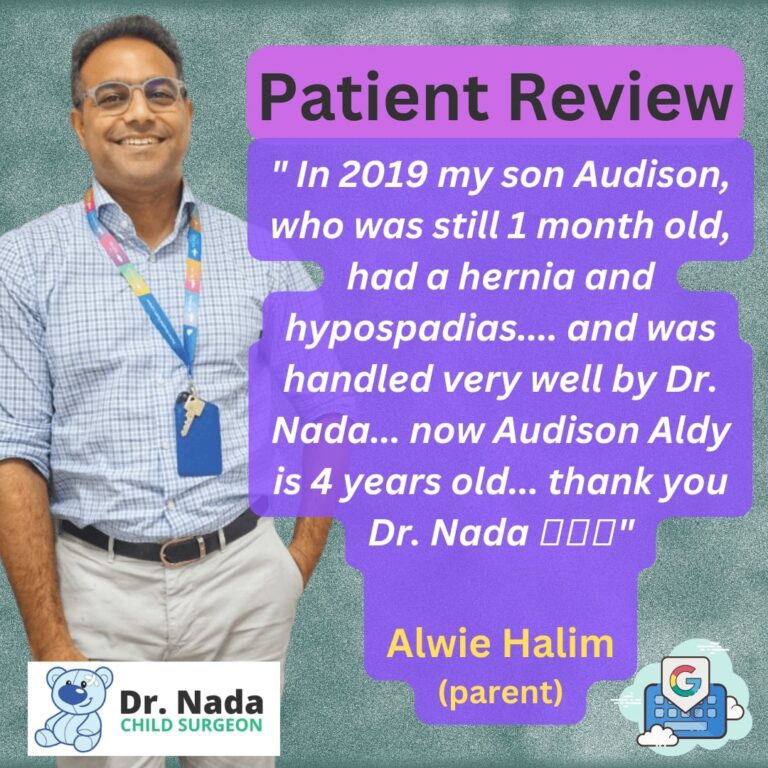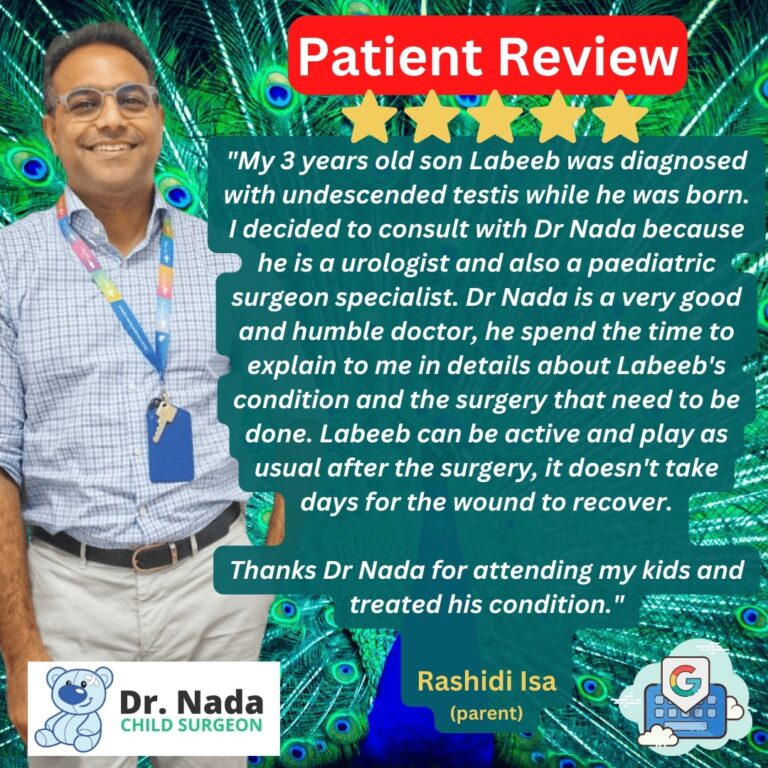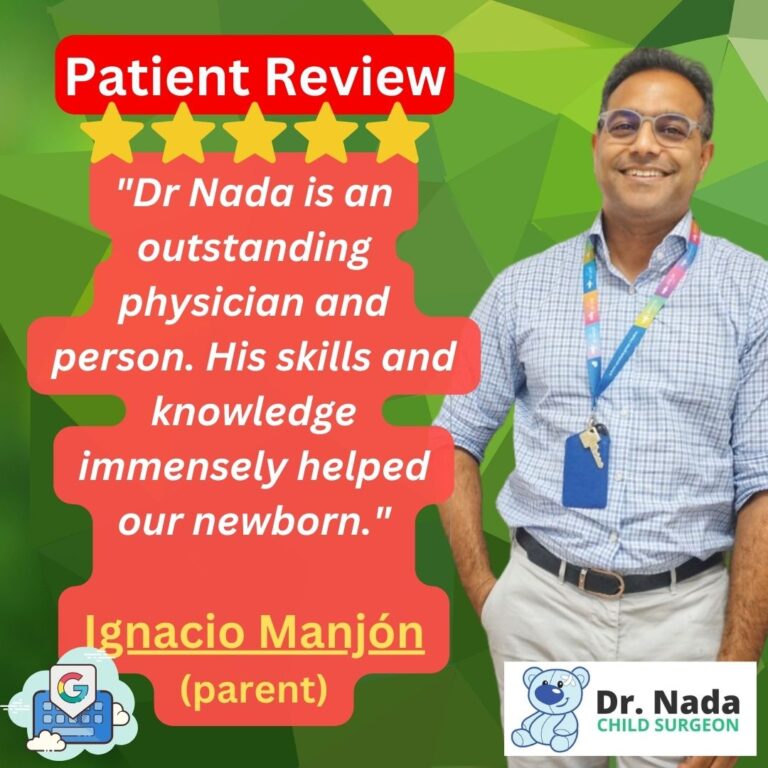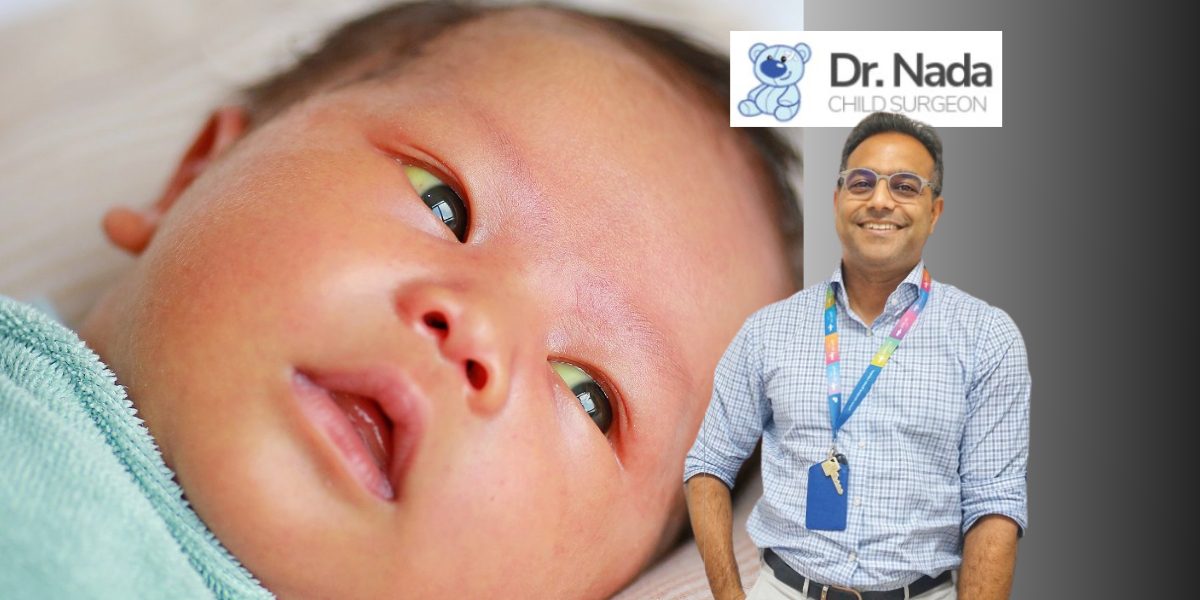Keyhole Surgery Is the Preferred Surgical Method for Pediatric Appendicitis
In the field of pediatric surgery, methods and techniques are continually evolving, always with the aim of improving patient outcomes and minimizing post-operative recovery times.
Keyhole surgery, also known as laparoscopic surgery, has emerged as the preferred technique for treating appendicitis in children (pediatric appendictis), with clear benefits over traditional open surgery.
What is Pediatric Appendicitis?
Pediatric appendicitis is a common yet serious medical condition that involves the inflammation of the appendix, a small pouch-like structure extending from the large intestine. While the precise function of the appendix remains somewhat of a mystery, it’s well established that blockages in this organ can lead to appendicitis.

In children, these blockages are typically caused by accumulations of fecal matter, though infections and other causes can also lead to this condition. The resulting blockage creates increased pressure, disrupts blood flow, and triggers inflammation. If not treated promptly, the appendix can rupture, creating a potentially dangerous, even life-threatening, situation.
The signs of appendicitis in children often begin with sudden pain on the right side of the lower abdomen. It might also start near the belly button before shifting to the lower right region of the abdomen. This pain generally intensifies with movement, deep breaths, coughing, or sneezing. Other symptoms may include nausea, vomiting, loss of appetite, fever, and abdominal bloating.
Given the severe consequences of a ruptured appendix, immediate medical attention is crucial when appendicitis is suspected.
The condition usually necessitates surgical intervention, with two types of surgeries commonly performed: open surgery (appendectomy) and laparoscopic surgery (or keyhole appendectomy).
The rest of this article will explore why the keyhole method is often the preferred choice for managing pediatric appendicitis.
The Limitations of Traditional Open Surgery
Before exploring the benefits of keyhole surgery, it’s important to understand the limitations of the traditional open surgery method, particularly when it comes to pediatric appendicitis.
Large Incision Size & Scaring: In open surgery, a large incision is required on the right side of the abdomen, directly above the appendix. The size of this cut often needs to be larger in bigger children to provide enough access to the appendix. Furthermore, if the appendix has burst or perforated, an even larger cut is necessary. Consequently, the size of the incision can vary significantly depending on the severity of the appendicitis.

Limited Accessibility: Traditional open surgery does not provide the same comprehensive access that keyhole surgery does. With open surgery, it’s impossible to access areas from under the diaphragm right to the pelvis with a standard right-side incision. However, in keyhole surgery, these areas are accessible, which becomes particularly crucial if the appendicitis involves a burst appendix.
More Trauma & Longer Recovery Times: In open surgery, multiple layers, including the skin, fatty tissue, and muscle, need to be cut and then repaired, leading to significant pain and extended recovery periods.
The Advantages of Keyhole Surgery for Pediatric Appendicitis
For over two decades, keyhole surgery, also known as laparoscopic surgery, has been the method of choice for performing appendectomies in both adults and children. The reasons for this are clear when considering the procedure itself and the associated recovery times.
Minimal Invasiveness for Tiny Scars: Keyhole surgery involves three small incisions, resulting in less trauma to the body than the larger incision required for open surgery.

Improved Visibility: The use of a camera inserted through one of the small incisions allows surgeons to see the entire abdominal area, improving the accuracy of the procedure.
Versatility: Keyhole surgery allows access to areas from under the diaphragm right to the pelvis, which would be inaccessible with a traditional right-side incision.
Faster Recovery: Patients who undergo keyhole surgery often experience quicker recovery times and less post-operative pain.
A Patient Story
Not too long ago, I had a little boy of 10 who had his appendix removed in his local hospital by the open method. So he had appendicitis, he had appendicectomy done by open method, the surgeon made a reasonable cut about three or four centimeters, took the appendix out.
Dr Nada’s shares a story about his patient
A couple of months later he had similar pain. At that time he came to my hospital, my radiologist did a scan and he explained to me it was a recurrent appendicitis, to my surprise, because the boy already had his appendix out. So we had to do a keyhole surgery to look at his appendix and to my surprise, I saw that he still had a small little stump of appendix with a little fecalith- basically, it’s a little fecal lump that caused the appendicitis.
So what probably happened was that the access and the view of the appendix was pretty poor through the open technique. So the surgeon couldn’t have seen the full appendix and he only took maybe three quarters of the appendix out and leaving the quarter of the appendix, which caused a recurrent appendicitis.
So when I removed the whole of the appendix he recovered very quickly and very well.
Conclusion: Provide Your Child With The Benefits of Keyhole Surgery
The choice between keyhole surgery and traditional open surgery for paediatric appendicitis is clear. The minimal invasiveness, superior visibility, increased versatility, and faster recovery times associated with keyhole surgery make it the preferred choice for both surgeons and patients. By embracing this innovative surgical technique, we can continue to improve outcomes for children undergoing appendectomy procedures.

If you require surgical help with your child, schedule an appointment with Dr Nada and put your mind at ease knowing that your child is in good hands.




